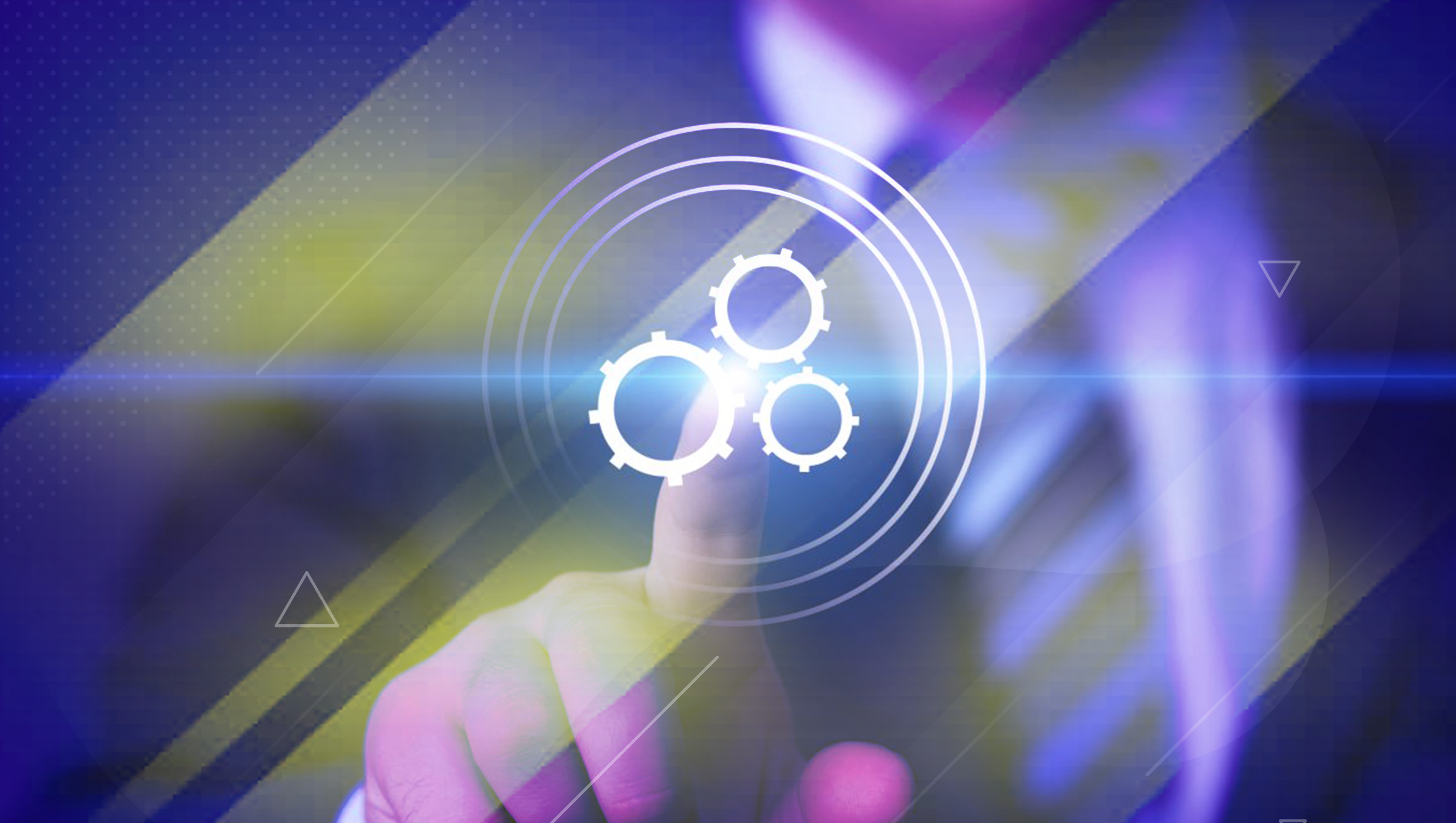Automation and Artificial Intelligence are two quick solutions to a major 2019 Marketing issue: lack of speed. This goes beyond website load speeds which should have become a norm by now. A lagging transition to Marketing Automation and AI is what keeps marketers from reaching Netflix or Amazon-like personalization at scale.
Those eCommerce websites that shapeshift according to each visitor’s preferences are going to win at Digital Marketing in 2020. But what does that mean? Each touchpoint has to adapt to visitors’ history as consumers so that the message strikes an instant cord for them. For every interaction that feels familiar to consumers, the brand reinforces authority and credibility a little bit more.
The idea that Automation and AI are one and the same is, in fact, a Marketing myth. Nonetheless, they form a pretty good team at modernizing today’s Sales tools. Let’s take a closer look at the great potential AI and Automation hold for improving customer journeys at all its major stages: Awareness, Interest, Decision, Loyalty.
Read More: Where’s My Data? Approaching Marketing Automation in the Era of GDPR
The Power Duo: Marketing Automation and AI
We’ve started off from the idea that the two notions don’t deliver solutions the same way. Artificial Intelligence takes human efforts out of a number of repetitive and basic processes. As for Automation, this technology is here to connect two processes like a flash.
Overall, their union leads to a fluid workflow that invites consumers to natural and responsive communication with brands.
1st Stage – Awareness

At the highest point in any Sales funnel stands brand awareness. At this incipient stage, marketers engage in a lot of manual work. Not only do they have to create and design campaigns catered to consumers who have never before heard of their products, but they also have to deploy them manually on multiple channels.
Artificial Intelligence sifts manual labor from the creative process altogether. Instead of spending hours or even days setting objectives, audiences, budget optimization, etc, marketers have them ready on autopilot.
Next, Automation comes in to distribute Marketing campaigns to their rightful touchpoints. This way, Marketing teams wash their hands of recurrent tasks guilt-free and dedicate more time to creativity and brand identity.
2nd Stage – Interest

Users have seen your ads once or twice now, but it takes more to gain their trust. A rule of thumb says that it takes 6 to 8 touchpoints to secure a sale. To get leads to return for further interactions with the brand, marketers have to work on educating them.
This is the perfect moment to unleash an entire arsenal of blog articles, how-to videos, case studies, webinars, checklists, and so on. Marketing Automation helps create an articulate information flow that follows along with any type of campaign plan, even an Influencer Marketing plan.
Ideally, all these content pieces put together to fuse into a complete story anchored in reality. It should be clear that the brand is aware of a particular issue consumers deal with and its ramifications. In response to this gap, the brand designed a product or service that alleviates consumers’ pain points.
Marketing Automation plays in this story the role of a facilitator. For instance, when consumers sign up for newsletters checking the Sales notifications box, automation triggers an email sequence that sends coupons and Sales notifications only.
Nonetheless, its implications go further than that. With the right tools, marketers can start any chain reaction that serves consumers only those offers they wanted in the first place.
The hardest part of all is setting up causal scenarios. If visitors open X page, then Y action gets launched right away. Afterward, these scenarios start playing out on their own like a breeze, connecting leads to the content materials they want in seconds.
3rd Stage – Decision

After the Interest phase when consumers absorb as many details about a type of product as possible, there comes a moment of stillness. Decision tilts between a brand or its competitors. Features, advantages, and reviews are put in the balance. Which one will they choose?
The good news is that even at these times of judgment, Marketing Automation and AI still have a word to say. For one, Artificial Intelligence can prevent any frustrations by responding in real-time to inquiries through 24/7 chatbots.
In the meantime, Marketing Automation remains vigilant and keeps pushing consumers down the sales funnel seamlessly. One strategy that doesn’t come out as disruptive relies on reminders. An automated email persuades users to return to their abandoned carts. A coupon or a short stock reminder adds value to any company-buyer communication.
4th Stage – Loyalty

Making customers return to you requires fewer resources than converting new leads. Therefore, the loyalty stage is often seen as the fastest way to get to recurring sales and financial stability.
Machine Learning has reached a point where it can generate highly personalized offers. All it needs is a purchase history on which to run an in-depth analysis. Once a lead converts into a client, AI can step in and retrieve their on-site behavior and macro information on which to build meaningful product suggestions.
Today’s algorithms can read various data (clicks, page sessions, inactivity, etc.) and fabricate personalized lists with “next best products.” As a result, established clients are served with advanced customization of their first shopping or complementary products. At the same time, businesses secure a better ROI without starting off on another long hunt for leads.
Intuitive Technology and Digital Marketing Converge
In 2020 more than ever, customers will be expecting personalized journeys during their product discovery sessions. However, for marketers to care and nurture each lead individually towards a Sale remains an impossible mission.
This is why Marketing Automation and AI are now more relevant than ever. Their advanced yet easily implemented solutions deliver exactly what everybody wants: Personalization at lightning speed. How are you going to integrate the latest technologies into your business?
Read More: Bridging the Gap Between Marketing and Sales by Successfully Leveraging Content











